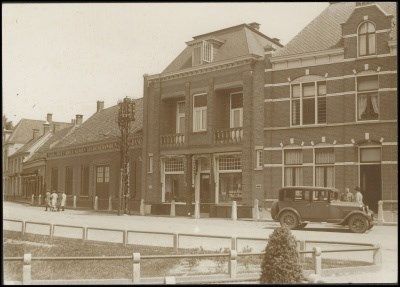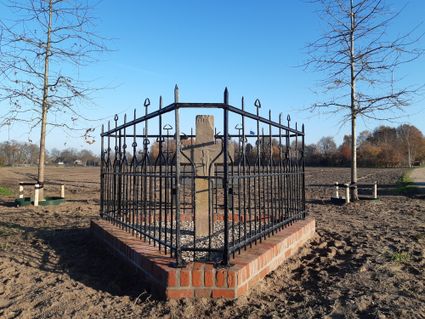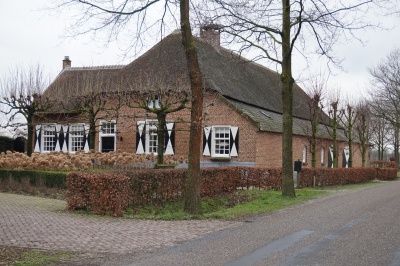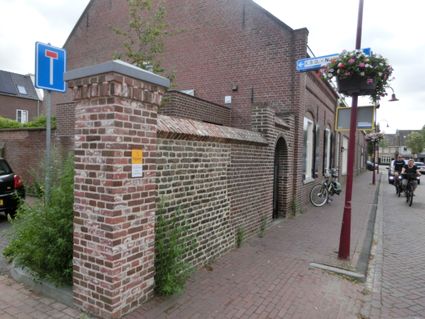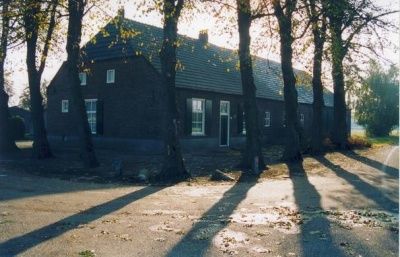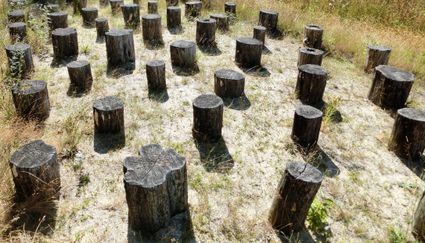Gemertse tabak aan de Kerkstraat
Neem contact op
Eindhoven, Kempenland, but also Gemert together formed an important production center for the Dutch tobacco industry. That tobacco was discovered by Columbus in the 16th century among the Aztecs and soon came to Europe. Portugal, Spain and England were the first countries to distribute tobacco. It was very expensive at that time and was grown mainly as snuff, chewing tobacco and pipe tobacco. In 1610-1620, the Netherlands also began growing tobacco on its own soil. By 1670, Amersfoort already had 120 companies dealing with tobacco.
From 1800 the cigar made furore and at that time East Braba…
Eindhoven, Kempenland, but also Gemert together formed an important production center for the Dutch tobacco industry. That tobacco was discovered by Columbus in the 16th century among the Aztecs and soon came to Europe. Portugal, Spain and England were the first countries to distribute tobacco. It was very expensive at that time and was grown mainly as snuff, chewing tobacco and pipe tobacco. In 1610-1620, the Netherlands also began growing tobacco on its own soil. By 1670, Amersfoort already had 120 companies dealing with tobacco.
From 1800 the cigar made furore and at that time East Brabant seized an opportunity. In fact, such a cigar was rolled almost entirely by hand and labor was therefore an important factor in production. Eindhoven was already an important trading center for tobacco and the Kempen and Gemert regions had very low wages. It was an ideal situation. In 1906 there were four cigar factories, five cigar makers and three tobacco dyehouses in Gemert employing a total of about 100 men. That helped a little with the decline of jobs in the weaving mills. And cigars could also be done in home work. There was even a St John's Tobacco Workers Guild founded in 1909. It had about 20 members and was founded against the will of the priest, who thought the tobacco workers were just flails.
Consequently, there was no spiritual advisor in the beginning. At that time, a society without a spiritual advisor was swearing in church and that situation changed in later years.
One of the factories belonged to the Corstens family who apparently already had a store for tobacco products in the 19th century. That is Kerkstraat No. 5. As time went on, business was so good that in 1909 a new home was built, an upscale mansion, that is Kerkstraat No. 1 and in 1922 a new store, Kerkstraat No. 3. This was partly built in "Um 1800 style," a very conservative architectural style with lots of ornamentation. The store was then also expanded to wholesale so that more products could be sold. It was a whole cluster of buildings because on the Bonengang next to these buildings there was also the cigar factory and tobacco factory of the Corstens family. There was also a coffee roastery where 'Gemertse koffij' was made from the chichory crop, more commonly called saojkerééj in Gemert. The Bonengang ran from Kerkstraat along these buildings into the fields where tobacco was grown. Although a lot of imported tobacco was also used for the Dutch cigar.
Sources:
Monument Inventory Form
A. Otten, Het tabakswerkersgilde St. Jan te Gemert: foundation and first years, Gemerts Heem, Jrg 23, 1981, nr.3, Heemkundekring De Kommanderij, Gemert
B. Bierkens, De Sigaar uit de Kempen: Heden en verleden van een markante bedrijfstak, Kempen Group, 1997, Hapert/Eindhoven
Van der Wijst, M.A., Vos, W.J., Gemerts Woordenboek, 1996, Heemkundekring De Kommanderij, Gemert
